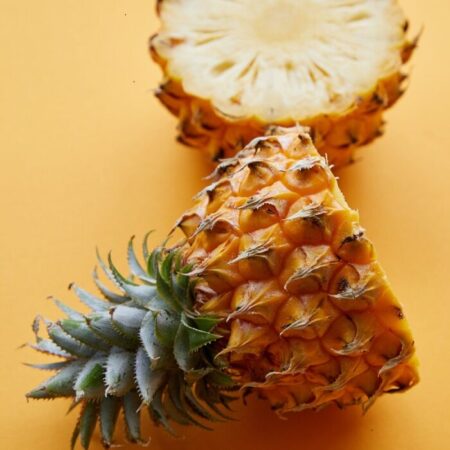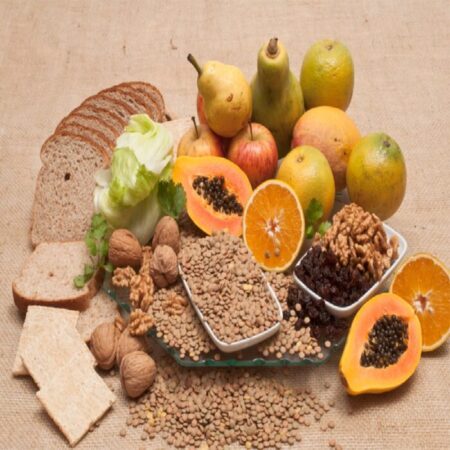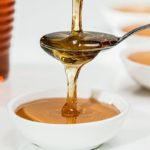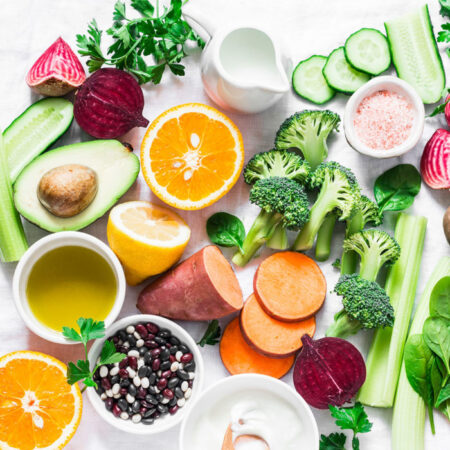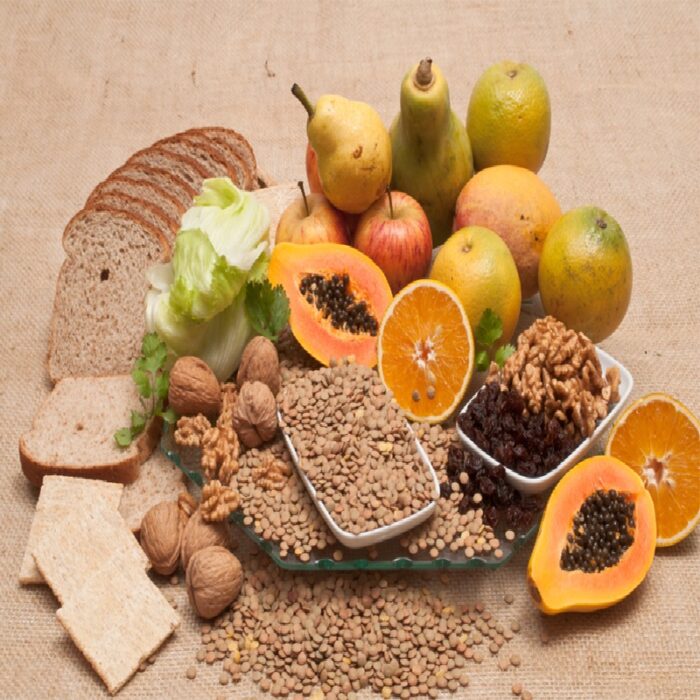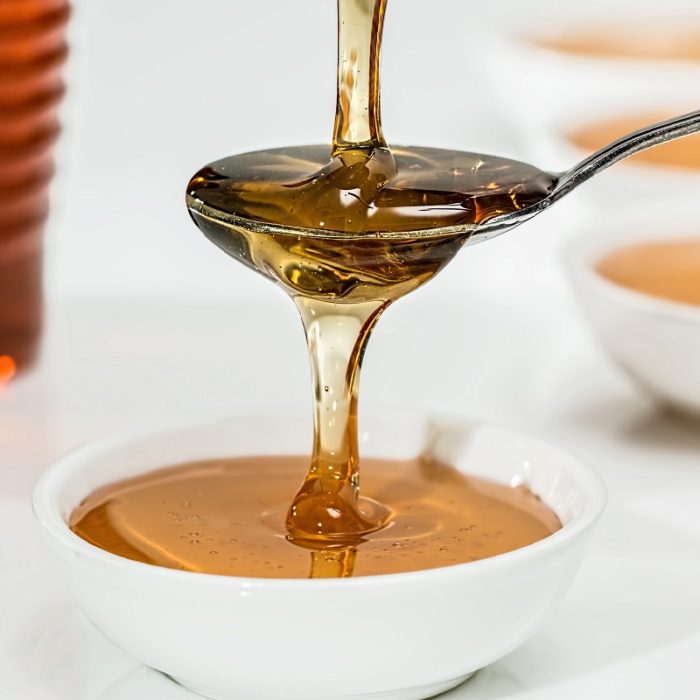Low Sodium Diet: Benefits and Easy Recipes You Can Try
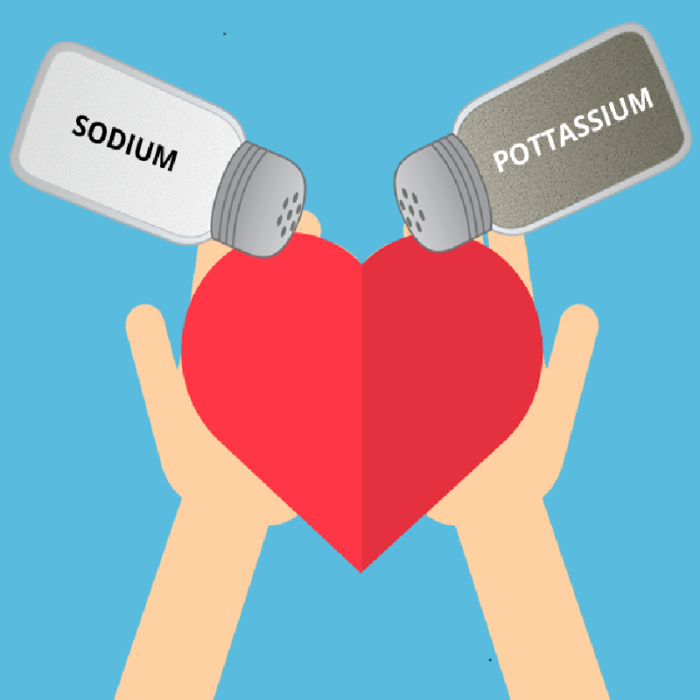
Table salt is the primary sodium source, and many of us consume at least five or more tablespoons of salt per day. But did you know we need only ¼ tablespoon per day? This means we are consuming 20 times more sodium than what our body needs. Although sodium is necessary to balance the fluids in your body (1), it can cause a host of health issues if taken in excess. Read on to know more about a low-sodium diet and how it can be beneficial for your body.
Table Of Content
- What is Low Sodium Diet
- How Much Sodium in a Low Sodium Diet
- Foods to Eat on a Low Sodium Diet
- Foods to Avoid on a Low Sodium Diet
- Healthy Benefits of Low Sodium Diet
- Healthy Low Sodium Recipes
- Sample Low Sodium Diet One Day Meal Plan
- Risks of Low Sodium Diet
- FAQ
What Is Low Sodium Diet?
One of the prominent mineral that plays a vital role in several healthy bodily functions.
All the foods have sodium in them naturally. But the canned, processed, or ready-made foods have high amounts of sodium, although you may not find them salty. A low sodium diet helps you restrict the amount of sodium in your diet.
You can manage health issues like blood pressure, swelling in your legs due to fluid retention by controlling the amount of sodium you put into your body.
When you follow a low salt diet, you need to restrict sodium consumption to less than 2000 milligrams per day.
How Much Sodium in a Low Sodium Diet?
We consume sodium in large quantities in frozen, canned, boxed, processed, or ready-made food without actually knowing. Although it satisfies your taste-buds, excess sodium may be harmful to your health.
There is 2.3 grams sodium in one spoonful of salt. When you follow a low-sodium diet, intake of 1.5 to a maximum of 2.4 gm of sodium is recommended.
Foods to Eat on a Low Sodium Diet
Here is a low sodium diet food list you can easily include into your daily diet:
- Bread, chapatis, or Rotis prepared with any flour.
- Low sodium every day cereals.
- Fresh green vegetables.
- Fresh fruits.
- low sodium fish
- Unsalted seeds and nuts.
- Lean meat.
- Eggs.
- Lentils.
Foods to Avoid on a Low Sodium Diet
the low-sodium diet requires you to avoid the following foods that are high in sodium:
- Frozen foods.
- Fast food like burgers, pizza, fries, etc.
- Processed meats.
- High sodium cheeses.
- Baked goods such as crackers, croutons, rolls, and bagels that are high in sodium.
- Packaged or canned products.
- Salted snacks.
- Pickled vegetables.
- Boxed meals or mixes.
- Seasonings.
- Sauces and condiments.
Health Benefits of Low Sodium Diet
1. Prevents Heart Failure:
Sodium plays an essential role in regulating blood flow. If there is excess sodium in your diet, your heart works overtime to push the blood resulting in heart failure. By managing the amount of sodium you consume, you can prevent the occurrence of stroke.
For the healthy functioning of your body, 4 to 5 grams of salt is all you need. But if you have a pre-existing heart condition, then controlling the amount of sodium you consume is necessary.
2. Lowers High Blood Pressure:
Consuming too much sodium can make your body retain water to wash away the extra salt. This process sometimes results in high blood pressure in some people. If you are suffering from high blood pressure, then the first advice you hear from doctors is to reduce sodium intake.
Reducing even a little amount of sodium consistently and regularly may lower your blood pressure. The ideal sodium intake for adults who suffer from high blood pressure is 1500 mg or less per day. So, follow a low sodium diet and keep a check on your high blood pressure.
3. Reduces Kidney Stones:
Intake of excess sodium increases the amount of calcium in your urine, triggering kidney stones. Many doctors suggest low sodium diet menus for people who are prone to kidney stones.
The sodium intake in adults is limited to 2300 mg per day. But if you have kidney stones due to high amounts of sodium previously, then restrict the intake of daily sodium to 1500 mg is recommended.
4. Aids Weight Loss:
Excess salt in your diet makes your body retain water, increasing the water weight of your body. It can also cause discomfort and bloating too. To correct the problem naturally, follow a low sodium diet plan, which is a perfect way to lose weight.
By regulating the amount of sodium intake, you can lose all the water weight and the discomfort that comes with it.
Healthy low sodium recipes
We present you with yummy recipes with low sodium. These recipes are packed with nutrients, flavors, and have less sodium.
1. Spinach Cantaloupe Salad:
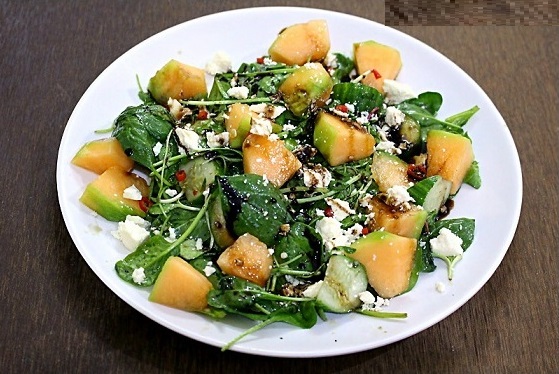
This refreshing salad is straightforward to make and is a combination of fresh fruits and vegetables. The best part of this salad is, there is no need to add extra dressing that has sodium.
Ingredients:
- 1 cup of baby spinach.
- One cup of diced cantaloupe pieces.
- One cup of avocado cubes.
- ¼ cup of mint leaves.
- Two spoonfuls of lemon juice.
- Two spoonfuls of extra virgin olive oil.
- Pepper for seasoning.
- Crumbled feta cheese.
Preparation:
- Place all the ingredients in a big bowl.
- Add the lemon juice and olive oil to the elements.
- Add pepper to the salad and season it correctly.
- Mix all the contents well so that the dressing is mixed evenly.
- Garnish the salad with feta cheese before serving.
2. Thai Steamed Fish:

This is a mouth-watering Thai dish that is full of flavor. You can indulge in guilt-free eating since it is low in sodium.
Ingredients:
- 1/2 kg basa fish.
- Two tbsp of fish sauce.
- One tbsp of light soy sauce.
- 1 tbsp palm sugar.
- One tbsp lime juice.
- ½ tbsp of garlic.
- One tbsp lemongrass.
- ½ piece of galangal.
- ½ cup of chopped kafir lime leaves.
- Sesame oil.
Preparation:
- Spread the lemongrass, galangal, and kafir lime leaves on the fish.
- Steam the fish in a steamer.
- Place some oil in a pan and saute garlic in it.
- Now add lime juice, palm sugar, soy sauce, and fish sauce to the pan and bring it to boil.
- Pour the contents of the pan onto the steamed fish.
- Serve it hot.
Sample Low Sodium Diet One Day Meal Plan
Breakfast:
- Prepare ½ cup of oatmeal with ½ a cup of skimmed milk and add a spoonful of honey.
- One banana.
Lunch:
- Prepare a fresh turkey sandwich by taking two slices of low-calorie bread and spread low-fat mayonnaise on it. Spread fresh lettuce and thinly sliced tomatoes.
- Salad with low-sodium dressing.
- One diet pop.
Dinner:
- 4 oz herbed chicken (lightly seasoned).
- One cup of broccoli (steamed and seasoned with lemon pepper).
- ½ cup of cooked brown rice.
- Snacks:
- One cup of pineapple chunks.
- ¼ cup of almonds(unsalted).
- One small piece of dark chocolate.
Risks of Low Sodium Diet
A low-sodium diet is very beneficial for a healthy lifestyle. However, if the sodium level becomes too low, then it may cause health issues like:
- Insulin resistance.
- Heart strokes.
- Weakness.
- Lethargy.
- Hyponatremia.
- LDL cholesterol.
Eating junk has become a new normal for people of all ages and causes high amounts of sodium. You can get a handle on many chronic conditions like high blood pressure, kidney diseases by following a low-sodium diet. It also helps improve the quality of your diet significantly. Ensure there is a need for you to follow a low-sodium diet because too little sodium can cause adverse effects on your health. Start cooking your food at home to control the amount of sodium you take so that you can stay in the recommended range.
Disclaimer: The information provided in this article are suggestions and not a replacement for a doctor’s advice. It is always better to consult your physician before you start a low-sodium diet. The website is not responsible for the effects it may have on your body.
F.A.Qs
1. What Are The Tips to Follow A Low-sodium Diet?
Ans: By following some simple steps, you can easily follow a low-sodium diet:
- Instead of the beverages and foods, you usually buy, choose the low-sodium alternatives.
- Try to cut down on the intake of processed foods.
- Flavor your food with spices or herbs instead of salt.
- It would help if you eased into a low-sodium diet so that your palate adjusts to the taste with time.
2. Can Anyone Follow A Low-sodium Diet?
Ans: Restriction of sodium may cause diabetes, heart failure in some people with pre-existing health conditions. It is always preferable to consult your doctor before you start a low-sodium diet. Your doctor will get a proper analysis of the current levels of sodium in your body. But you can control the excess intake of sodium by keeping away that salt shaker.
3. What Can We Use As An Alternative for Salt in A Low-sodium Diet?
Ans: Although it may take some time for your taste buds to get used to the taste palette, you can flavor your food with many other alternatives. Some of the flavors you can use instead of salt are:
- Herbs.
- Spices like mustard powder, curry powders.
- Lemon or lime juice.
- Onions.
- Garlic.
- Ginger.
- White or red wine.
- Vinegar.
- Chilies.













